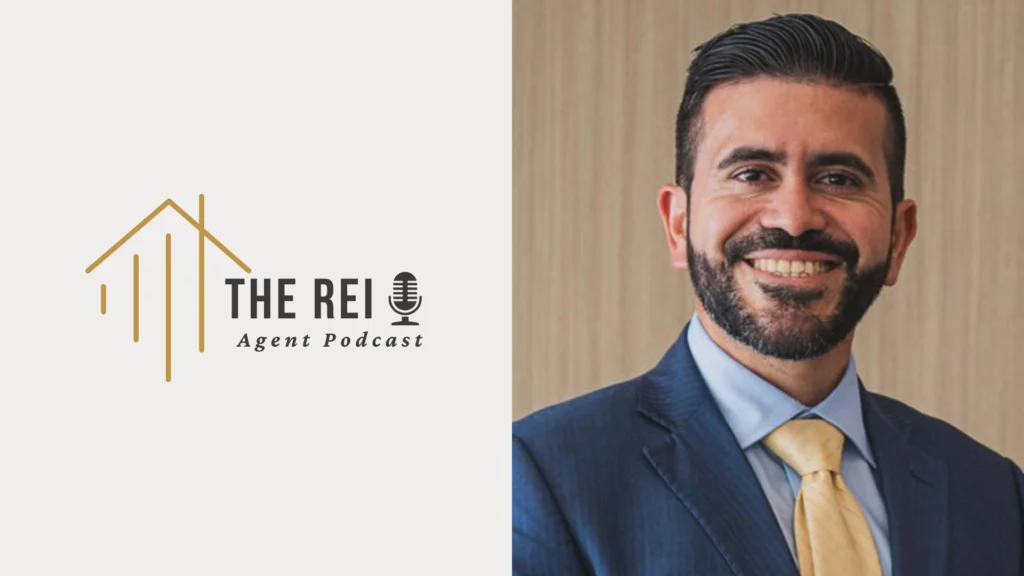Key Takeaways
Institutional investors have halted home purchases nationwide, dramatically altering market dynamics.
Individual investors face increased risk, but also greater opportunity as competition eases.
Federal Reserve policy remains unchanged, leaving the market vulnerable to further financial instability.
Wall Street Walks Away as Rising Rates and Defaults Spark Panic
In a stunning development shaking the foundation of the U.S. housing market, major institutional investors have halted home purchases across the country, citing financial instability, unsustainable mortgage rates, and a wave of delinquencies.
With mortgage rates locked at 9.2% and foreclosures rising 60% year-over-year, even Wall Street is backing away.
Leading firms like Blackstone, Invitation Homes, and American Homes 4 Rent have confirmed a nationwide freeze on acquisitions, a move not seen since the 2008 collapse.
Hardest-hit cities include:
- Phoenix, AZ
- Atlanta, GA
- Charlotte, NC
In these markets, institutional purchases once accounted for 15–20% of all transactions, but that pipeline has now slammed shut, flooding the market with unsold inventory and driving prices even lower.
What This Means for Real Estate Investors
With institutional players exiting, individual investors now have the upper hand—but also face a minefield:
- Cash buyers dominate as traditional lending remains largely inaccessible.
- Buy-and-hold investors benefit from rising rents, but must navigate shrinking equity margins.
- Fix-and-flip strategies are nearly extinct, as resale values fall and buyers vanish.
Creative strategies such as subject-to deals, lease options, and seller financing are keeping investor activity alive in key metros.
Will This Trigger a Broader Financial Crisis?
Some analysts warn that the institutional pullback is a canary in the coal mine, signaling broader economic instability.
If interest rates remain elevated, REITs and housing-backed securities could see massive losses, spilling over into the stock market and commercial finance sectors.
Calls for Federal Reserve intervention are growing louder, but with inflation still sticky, no rate cuts are expected before late Q3 2025.
Institutional Buyers from Boom to Bust: A Decade of Real Estate Dominance
Institutional investors first gained significant traction in the housing market following the aftermath of the 2008 financial crisis.
By 2015, they were purchasing single-family homes at an unprecedented pace, leveraging the glut of foreclosures that remained from the previous decade.
Over the next several years, large firms such as Blackstone, Invitation Homes, and American Homes 4 Rent transformed these distressed properties into rental homes, steadily increasing their share of the market.
By 2020, institutional buyers had become a dominant force in many regions. In cities like Phoenix, Atlanta, and Charlotte, they accounted for up to 20% of home purchases, often outbidding individual buyers and driving prices higher.
Their strategy relied on low interest rates, inexpensive debt financing, and strong rental demand.
This approach worked well throughout the economic recovery and subsequent housing boom, as home prices rose steadily and rental income flowed in.
RELATED CONTENT
However, the pandemic era marked a turning point.
As mortgage rates began to rise in late 2022, their once-profitable model started to crack. The cost of acquiring new properties increased, and the returns on rentals began to shrink.
By 2023, some institutional buyers had already begun scaling back acquisitions, even as others doubled down, betting on future appreciation.
As interest rates climbed to historic highs in 2025, the math no longer worked. Rising borrowing costs, mounting defaults, and falling home values led to a sudden and dramatic pullback.
Now, after a decade of reshaping the housing landscape, institutional investors are stepping back, leaving a trail of unsold inventory and a reshuffled market.
Their retreat marks the end of an era, raising questions about what comes next for the U.S. housing market.
Assessment
The pullback of institutional buyers marks a critical inflection point in the 2025 housing crisis.
For savvy investors with cash and creative deal structures, the market offers rare opportunities.
Caution is essential. This could be the start of a deeper financial unraveling.





















